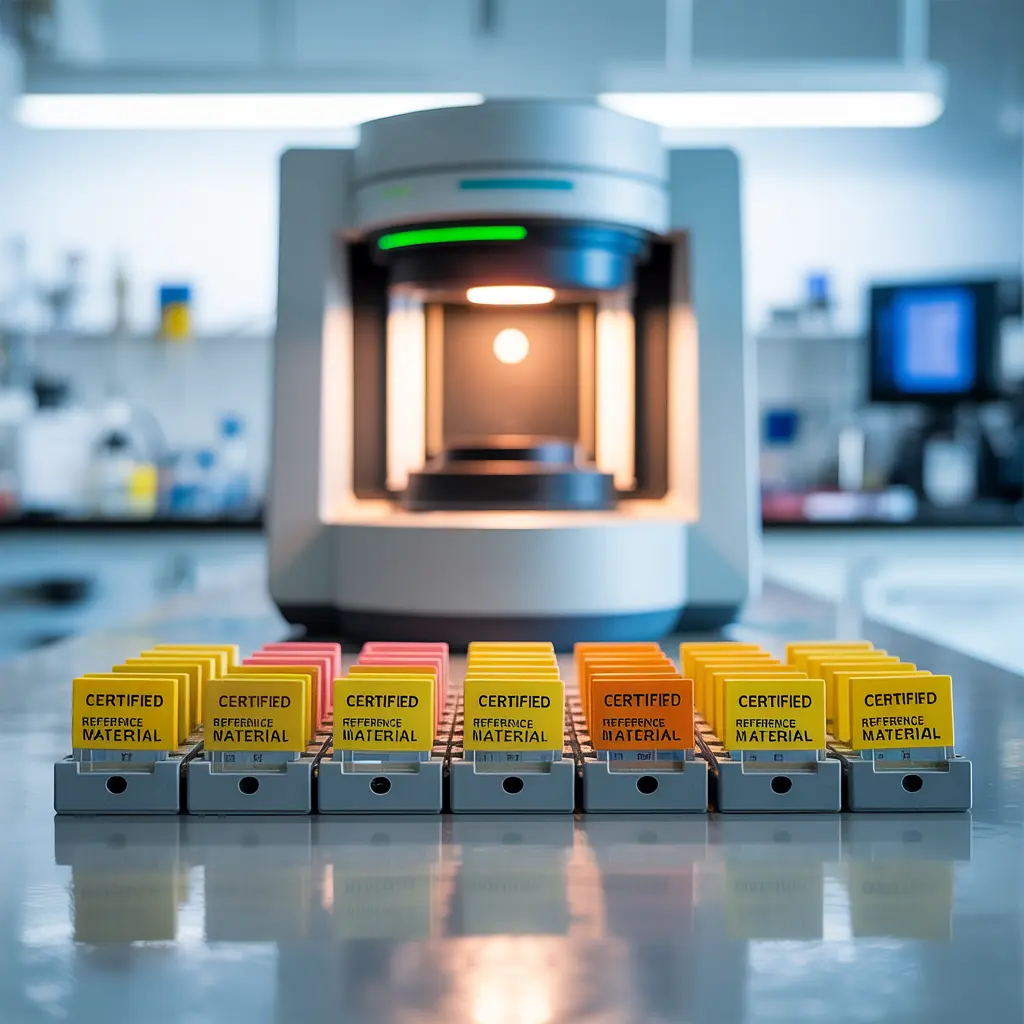
Standard samples are very important for calibrating an XRF analyzer. They help make good calibration curves. These curves connect X-ray intensity to real element amounts. Scientists use special math and tests to check if the curves are correct. They use things like reduced chi-squared values. Good calibration lines from standard samples are usually straight when conditions are controlled. Making samples the same way each time helps lower mistakes. Using matrix-matched standards makes calibration curves better. It also helps fix problems if the instrument changes over time.
Belangrike wegneemetes
Standard samples have known element amounts. They are very important for making good calibration curves in XRF analysis.
Using standard samples that are like the unknown samples helps get better results. It also lowers mistakes in the measurements.
Checking for instrument drift often with stable standard samples keeps the XRF Analyzer working well for a long time.
Both empirical and fundamental parameter methods need standard samples. This makes sure the calibration is correct and steady.
Careful sample preparation and always using the right standard samples give better and repeatable XRF results.
Standard Samples

Definition
Standard samples are very important for Xrf spektrometer kalibrasie. These samples have exact amounts of elements. Scientists use them to see if the XRF analyzer works right. There are two main ways to calibrate. Empirical calibration uses groups of standard samples with known element amounts. This way makes models for certain materials. The fundamental parameters method uses math and physics to fix matrix effects like absorption and enhancement. This way can use fewer standards because the spectrometer software solves equations for each sample. Both ways need standard samples to keep the analyzer correct.
Types
Standard samples come in different forms. Each kind helps with special calibration needs. Some common types are:
Standard Type | Beskrywing | Elements Included (Examples) |
|---|---|---|
High Purity Single Element Standards | Pressed pellets or metal foils with one element, used to avoid interference | 60 elements available individually or in sets |
Universal Set | Covers common elements for general calibration | Na, Mg, AL, Si, P, S, Cl, CaF2, Ti, Cr, Mn, Fe, Ni, CU, Zn, Pb |
Rare Earth Set | Focused on rare earth elements | La, Ce, Pr, Nd, Sm, Eu, Gd, Dy, Ho, Yb |
Precious Metal Set | Targets precious metals | Rh, Pd, AG, Pt, Au |
Set A | Extended set with alkali and transition metals | Na, Mg, AL, Si, P, S, Cl, K, CaF2, Ti, V, Cr, Mn, Fe, Co, Ni, CU, Zn, Ba, Pb |
Set B | Includes heavier and less common elements | As, Se, Br, Rb, Sr, Y, Zr, Nb, Mo, CD, Sn, Sb, I, Cs, Hf, W, Hg, Bi, Ta, Te |
Certified Reference Materials, or CRMs, are often used as standard samples. Some calibrations are ready to use for special jobs, like geology or precious metals. Custom calibrations can be made for special sample types.
Reference vs. Standard Samples
Reference samples and standard samples both help XRF results stay correct. Standard samples have known element amounts and help make calibration curves. Reference samples, like CRMs, check if calibration stays right over time. Labs often test both old and new lots of reference materials at the same time. This helps find any changes and fix mistakes. Both types help with accuracy. Reference samples focus on quality control. Standard samples help build the calibration.
Fooi: Using even samples packed in thin XRF cups can make calibration better and lower mistakes.
Calibration and Accuracy

Calibration Curves
Standard samples are very important for making calibration curves in XRF. These curves show how XRF peak intensity matches the real amount of an element. Scientists make standard samples with known element amounts. They measure the XRF peak intensity for each one. Destyds, they plot these numbers to make a calibration curve. This curve helps the XRF analyzer find real concentrations in unknown samples.
A study in ScienceDirect shows that cheap standard samples help calibrate XRF systems. The researchers used these samples to make calibration curves for real products like lipsticks. Their work proves standard samples are needed for accurate XRF results. The XRF User Guide says empirical calibration curves use standard samples to link peak intensities and element concentrations. The Lucas-Tooth Empirical Calibration equation models this link. Byvoorbeeld, zirconium calibration curves use both straight and curved lines to fit the data. These methods help scientists fix mistakes, remove bad data, and correct for overlapping peaks. The guide also says calibration curves work best when samples are even and settings do not change.
Noot: Calibration curves made from standard samples help the XRF analyzer give good and correct results for many materials.
Matrix-Matching
Matrix-matching means making sure standard samples are like the real samples. This step is very important for good XRF calibration. If the matrix is different, the XRF analyzer may give wrong answers. Many studies show why matrix-matching matters:
Big mistakes, up to 128% for phosphorus, happened in TXRF analysis of Coke because of matrix effects.
These mistakes were caused by X-ray absorption edges and were worse for light elements.
Scientists tried three ways to prepare samples: direct analysis with an internal standard, open vessel acid digestion, and microwave acid digestion.
Results showed that direct analysis without matrix-matching or digestion did not work well for samples with lots of organic material.
The link between fluorescence intensity and sample amount stayed good up to about 100 ng of arsenic, but higher amounts caused problems from absorption.
Sample shape and density also changed absorption and accuracy.
Acid digestion and internal standardization made calibration curves with good straight lines and low detection limits for lead, arsenic, chromium, and mercury.
These results show that matrix-matching and careful sample prep are needed for good XRF calibration. When the matrix of the standard is like the unknown sample, the calibration curve works better.
Fooi: Always use standard samples that are close to the matrix of your unknown samples to make your XRF analyzer more accurate.
Instrument Drift
Instrument drift happens when the XRF analyzer changes over time. This drift can change X-ray peak intensity and cause wrong results. Standard samples help find and fix this drift. Drift monitors are special samples with stable and known make-up. Scientists use them to check the XRF analyzer often. If the measured intensity changes, they know the instrument has drifted.
Drift monitors are not certified reference materials, but they are made to stay stable for a long time. By measuring these monitors, scientists can see changes in the XRF analyzer’s output and fix them. This process means fewer full recalibrations are needed. In empirical calibration, standard samples help make working curves that adjust for changes in intensity and electronic drift. Research also shows that using two standard samples with high and low element amounts can fix spectral intensity drift. This method keeps the XRF analyzer correct and steady.
Noot: Using standard samples and drift monitors often helps keep XRF measurements correct and reliable over time.
XRF Analyzer Calibration
Empirical Methods
Empirical calibration uses standard samples with known element amounts. Scientists measure these samples using the XRF Analyzer. They write down the X-ray signals they get. Vervolgens, they make a calibration curve. This curve matches the signals to the real element amounts. This method works best when samples are like the standards. Byvoorbeeld, in one study, scientists tested herbarium specimens. They compared XRF readings to data from another method. This made results better for elements like potassium and cobalt. But, if the sample is very different from the standard, mistakes can happen. Sometimes, the analyzer even gives negative values for elements like calcium or iron.
Scientists also tried empirical calibration on many rock types. They used special math called multivariate analysis. This helped them build models to predict 28 elements in rocks. This way worked better than using just one X-ray peak for each element. The models learned from many standard samples. This helped them work with many kinds of rocks. Empirical calibration is useful and makes the XRF analyzer more accurate. But, it needs a good set of standards that match the samples.
Fundamental Parameters
The fundamental parameter (Fp) method uses physics and math. It models how X-rays interact with the sample. This method does not always need lots of standard samples. Instead, it uses a few pure element standards. It then calculates how the X-rays should act. The FP method fits a model to the measured X-ray spectrum. It can work with samples that have unknown or complex make-up. Byvoorbeeld, scientists tested the FP method on peat, biological materials, and water solutions. The FP method did not need as many standards as the empirical method. It used an internal standard to fix problems with unknown sample mass or unevenness.
A table below shows how empirical and FP methods compare:
Calibration Method | Best Elements | R squared (Closer to 1) | RMSE (Lower is Better) | Advantages | Limitations |
|---|---|---|---|---|---|
Built-in Empirical | General alloys | Lower | Higher | Vas, general use | Bias, poor for complex alloys |
Customized Empirical | Co, Zn, AG, Sn, Sb; AG, CD, Pb, Bi | High | Laag | Accurate for matched samples | Needs many standards, limited outside range |
Fundamental Parameters | Mn, Fe, Ni, As; Co, Zn, AG, Sn, Sb | Highest | Lowest | Accurate for complex samples, fewer standards needed | Needs good physical models and instrument settings |
The FP method works well for geological materials. It can handle a wide range of element amounts. It fixes matrix effects and parts of the sample that are not measured. Scientists found the FP method gave good results even with only pure element standards. This makes it a good choice for samples with unknown or changing make-up.
Role of Standard Samples
Standard samples are important for both empirical and FP calibration. In empirical calibration, they help make the calibration curve. The XRF analyzer uses these samples to learn how to measure unknowns. In FP calibration, standard samples help check and adjust the models. Even though the FP method needs fewer standards, it still uses them for accuracy and stability.
Scientists have shown that using stable standard samples over time keeps calibration good. Byvoorbeeld, calibration curves made from repeated runs stayed correct for weeks. In clinical studies, scientists used matrix-matched calibrators and internal standards. This made results more accurate and lowered drift. Weighting factors, like 1/x², made calibration models more stable. Internal standards, such as stable isotope-labeled compounds, helped fix matrix effects and signal changes.
Standard samples come in many forms:
Calibration beads
Thin-film standards
Low-cost pressed pellets
These choices let labs pick what works best for them. Thin-film standards are good for light elements and avoid absorption problems. Calibration beads and pressed pellets are good for heavy elements and routine checks.
Fooi: Always pick standard samples that are like your sample type and matrix. This helps the XRF analyzer give the best results.
Best Practices
Sample Preparation
Getting samples ready the right way helps XRF analyzers work well. Scientists do a few steps to get samples ready for calibration. Eerste, they make thin standards with different amounts of each element. Vervolgens, they look at each sample and use the XRF analyzer to check if it is even. Destyds, they measure the samples to see how many X-rays are counted every second. After that, they use math called linear regression to match these counts to the element amounts. They check if the calibration is good by looking for a high R² value, close to 0.99. Scientists also test the calibration on real things like lipsticks or creams to make sure it works. Safety rules must always be followed when getting samples ready and measuring them. Scientists say to use clean tools and do the same steps each time. Grinding and pressing samples can help make results the same each time. Using glass disks as standards can help lower mistakes and make results better, especially when using different machines.
Fooi: Always make sure your way of getting samples ready fits the kind of material you are testing.
Selecting Standards
Picking the right standards is key for good calibration. Experts say to use random selection so there is no bias and samples show the whole batch. They decide how many samples to use with math formulas, soos n = (Z²pq)/E². They think about quality goals, like Acceptable Quality Levels (AQL). Sometimes, they use stratified or systematic sampling to get better results. It is important to do the same steps every time and use machines to help when possible. Keeping records and checking the sampling plan often is needed. Everyone who gets samples ready should be trained to do the same steps. Software tools can help pick samples and check results. The sampling plan should be improved by checking how well it works.
A table below shows how sample types and ways of getting them ready can change calibration:
Aspek | Summary |
|---|---|
Sample Type | Matrix-matched samples make results better. |
Kalibrasie | Glass disk standards give steady, clean results. |
Voorbereiding | Grinding and pressing samples help make results repeatable. |
Akkuraatheid | Careful work can match reference results within 2 mg/kg. |
Quality Control
Quality control helps the XRF analyzer keep working well. Scientists use many ways to do this. They build calibration models with lots of standard samples to cover different element levels. Drift monitors made from stable materials help check for changes in the analyzer. Scientists test the same sample many times to see if results stay the same. They use math tools to watch for changes in how the machine works. Calibration is checked and fixed often to keep results right. All steps and results are written down for future checks.
Noot: Doing regular quality control checks helps find problems early and keeps measurements trustworthy.
Standard samples help scientists keep calibration correct and steady. Picking the right samples and getting them ready well makes results better. Checking calibration often helps find problems early. Die onderstaande tabel toon how different calibration methods change accuracy and precision:
Prestasiemetriek | FP Algorithm Alone | Fp + Empiriese kalibrasie | Impact on Calibration Effectiveness |
|---|---|---|---|
Correlation Coefficient (R²) | N/A | 0.9999 | Very good calibration accuracy |
Relatiewe fout (%) | 0.5 na 1.5 WT% | Less than 0.1% | Lower error, better accuracy |
Absolute fout (WT%) | 0.5 na 1.5 WT% | Less than 0.27 WT% | Better precision |
%RSD | N/A | Less than 0.11% (suiwer by) | Very repeatable results |
Student t-toets | N/A | Same as fire assay | Results match lab tests |
Koreksiemetode | N/A | K-factor correction | Fixes regular mistakes |
Fooi: Always use matrix-matched standards, do the same steps each time, and check calibration often to keep your results correct.
Vrae
What is a standard sample in XRF calibration?
A standard sample has set amounts of elements. Scientists use these to see if the XRF Analyzer works right. Standard samples help make calibration curves. These curves help get correct measurements.
Why does matrix-matching matter in XRF analysis?
Matrix-matching means the standard sample is like the unknown sample. This helps the XRF analyzer give better results. If you skip matrix-matching, you can get big mistakes.
How often should labs check calibration with standard samples?
Labs need to check calibration often. Many experts say to check every day or before each group of tests. Checking often helps find drift and keeps results good.
Can low-cost standard samples work for calibration?
Ja, low-cost standard samples can work well. Studies show pressed pellets or thin films can give good calibration. It is important to match the matrix and prepare samples the right way.
What happens if the XRF analyzer drifts?
Instrument drift makes the analyzer give wrong results over time. Drift monitors or standard samples help find and fix drift. Checking often keeps the analyzer working right.
Fooi: Always keep standard samples in a clean, dry place. This helps them stay stable and work well.
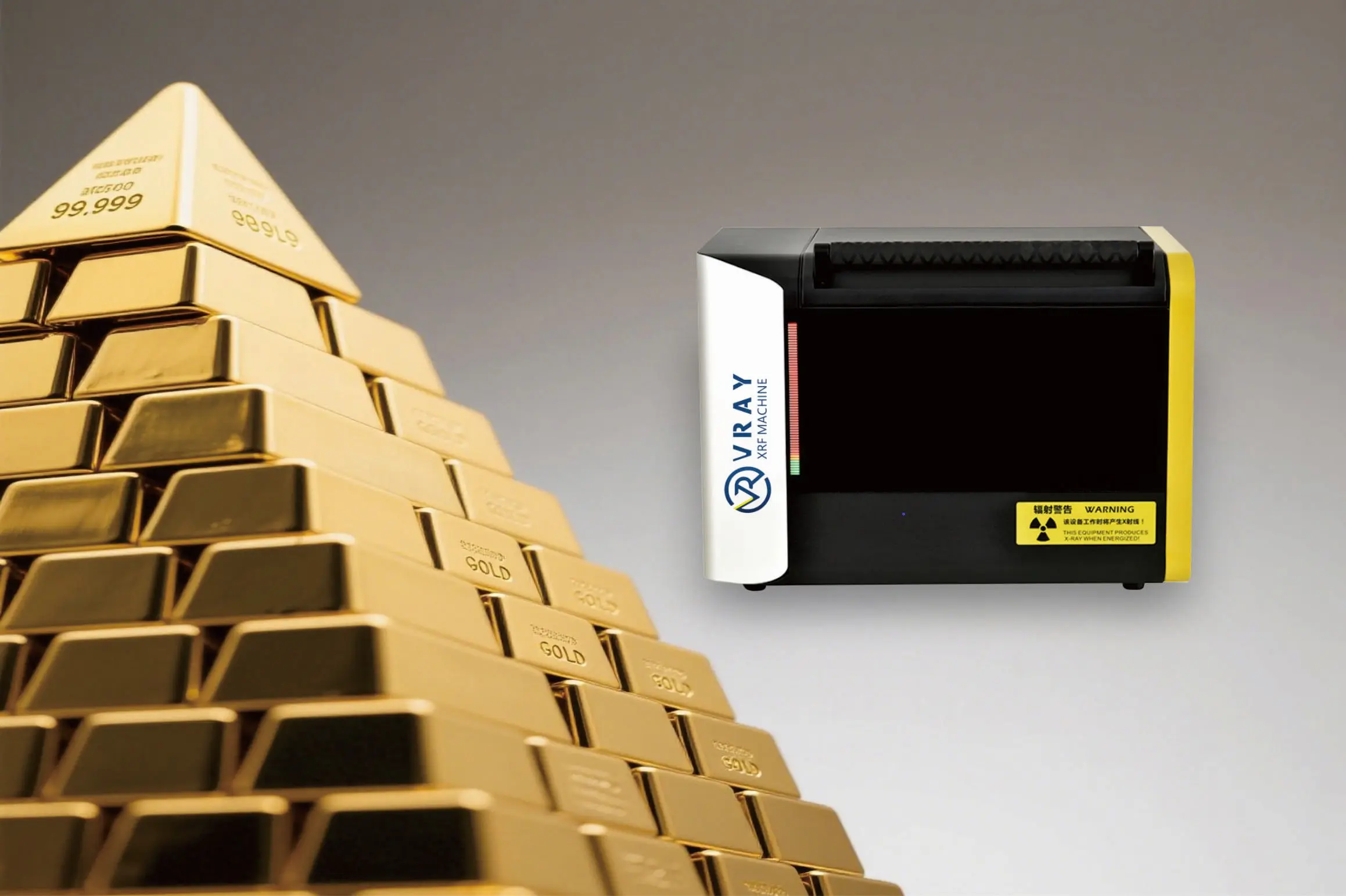
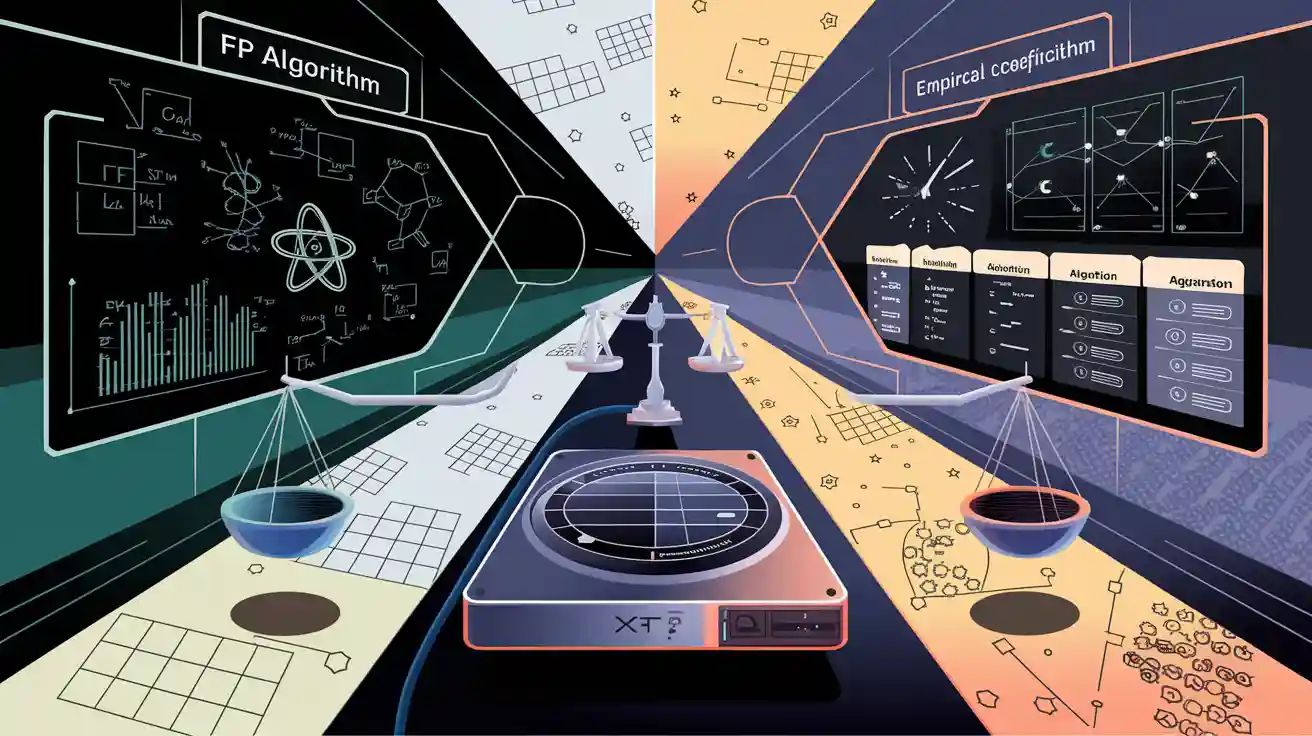
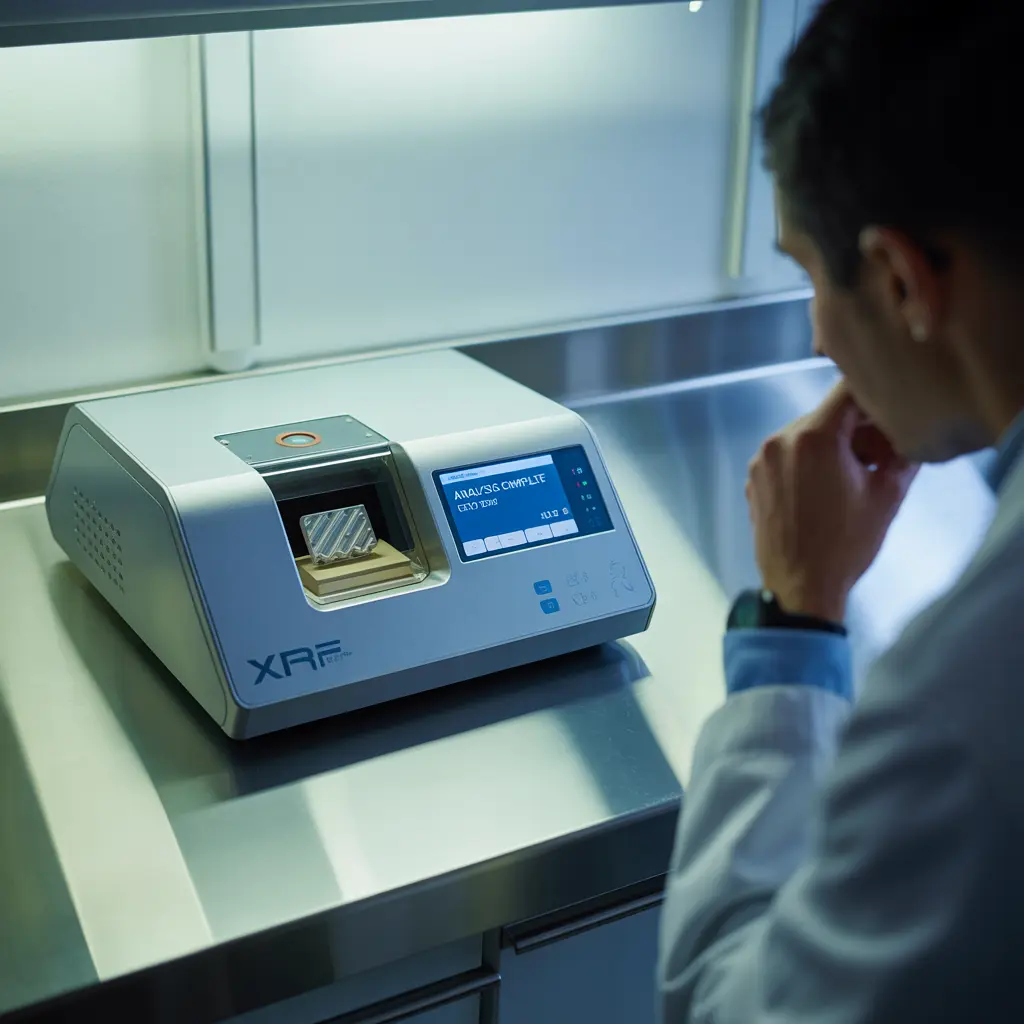
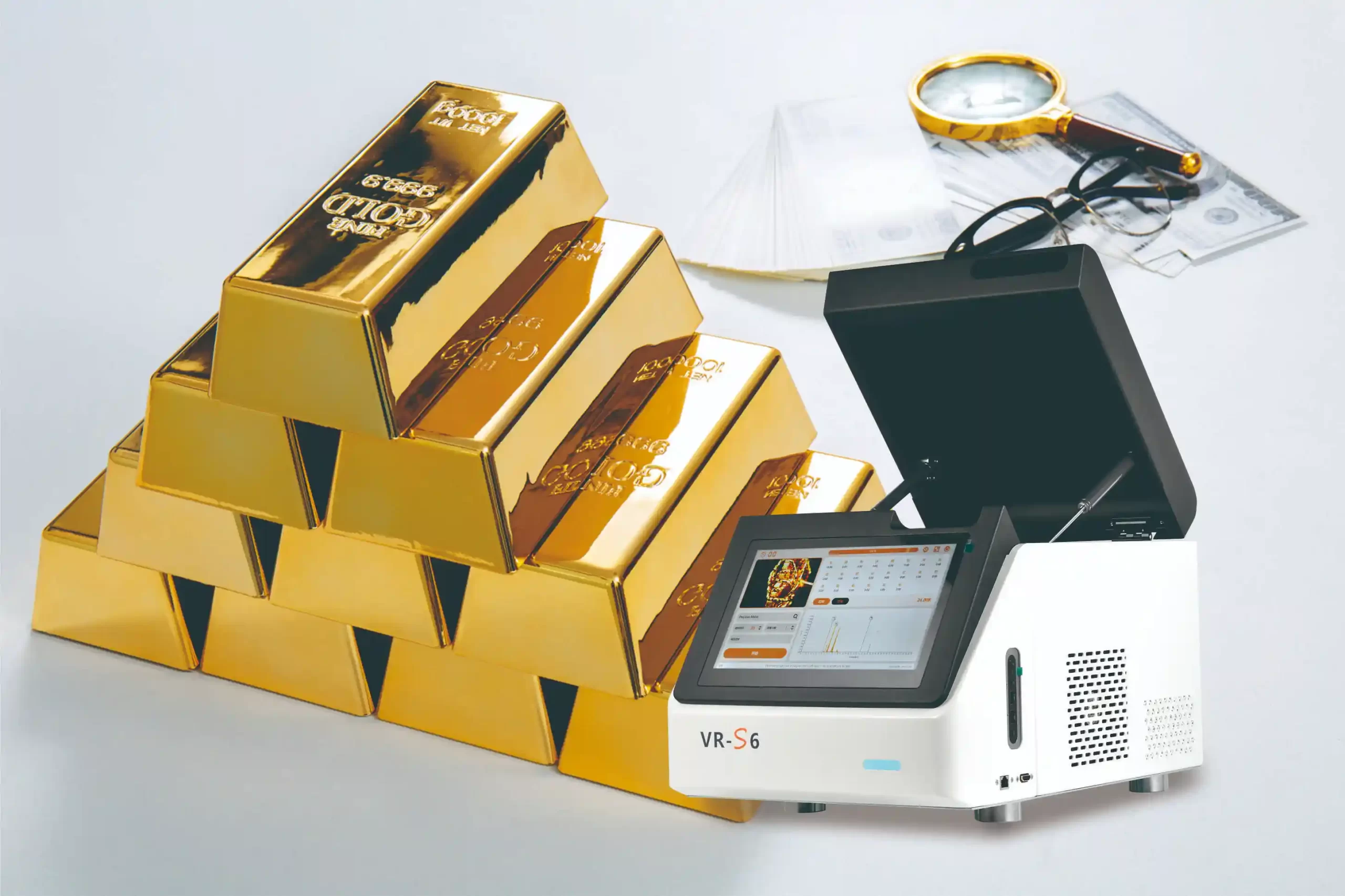
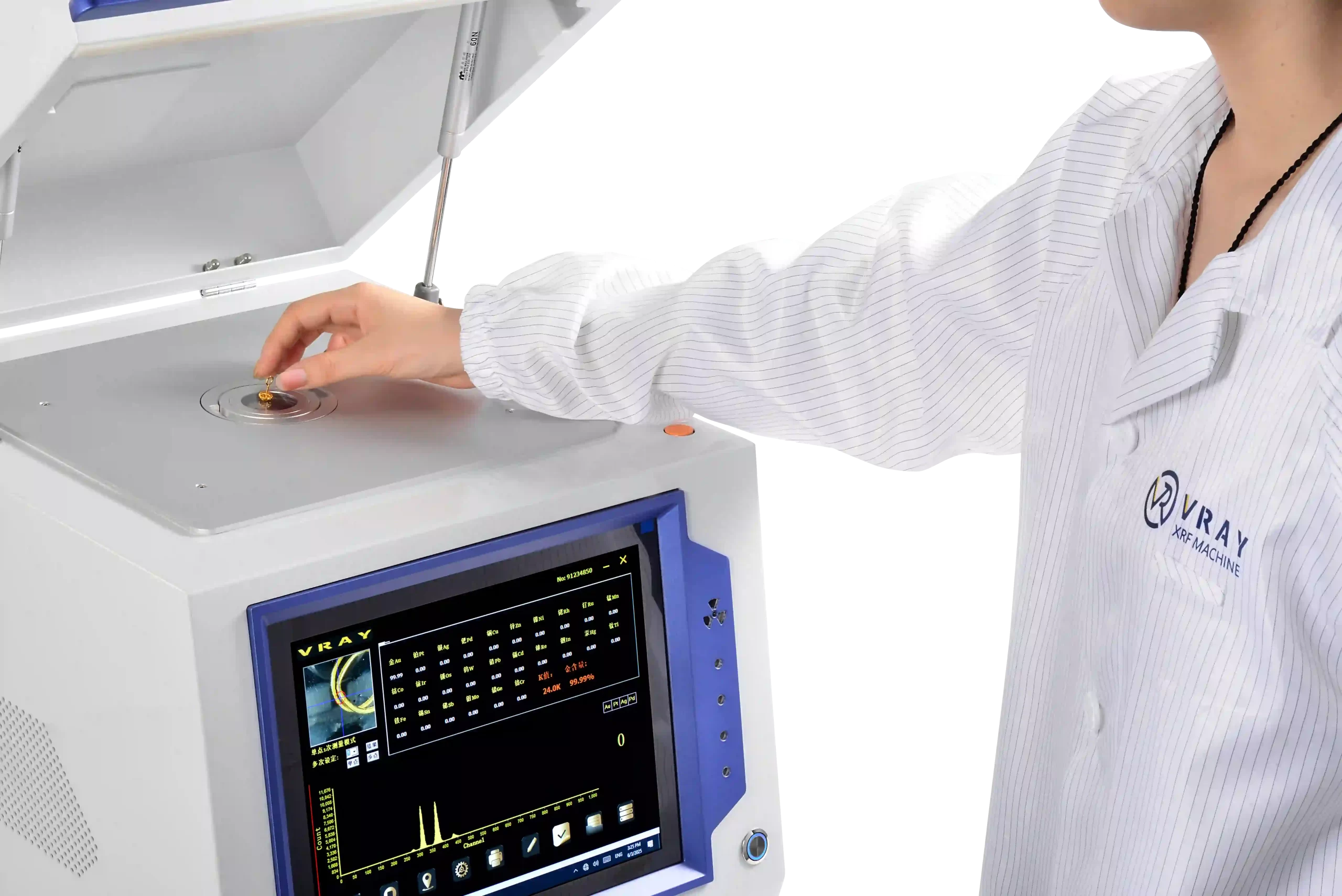

Whatsapp
Skandeer die QR -kode om 'n WhatsApp -klets met ons te begin.